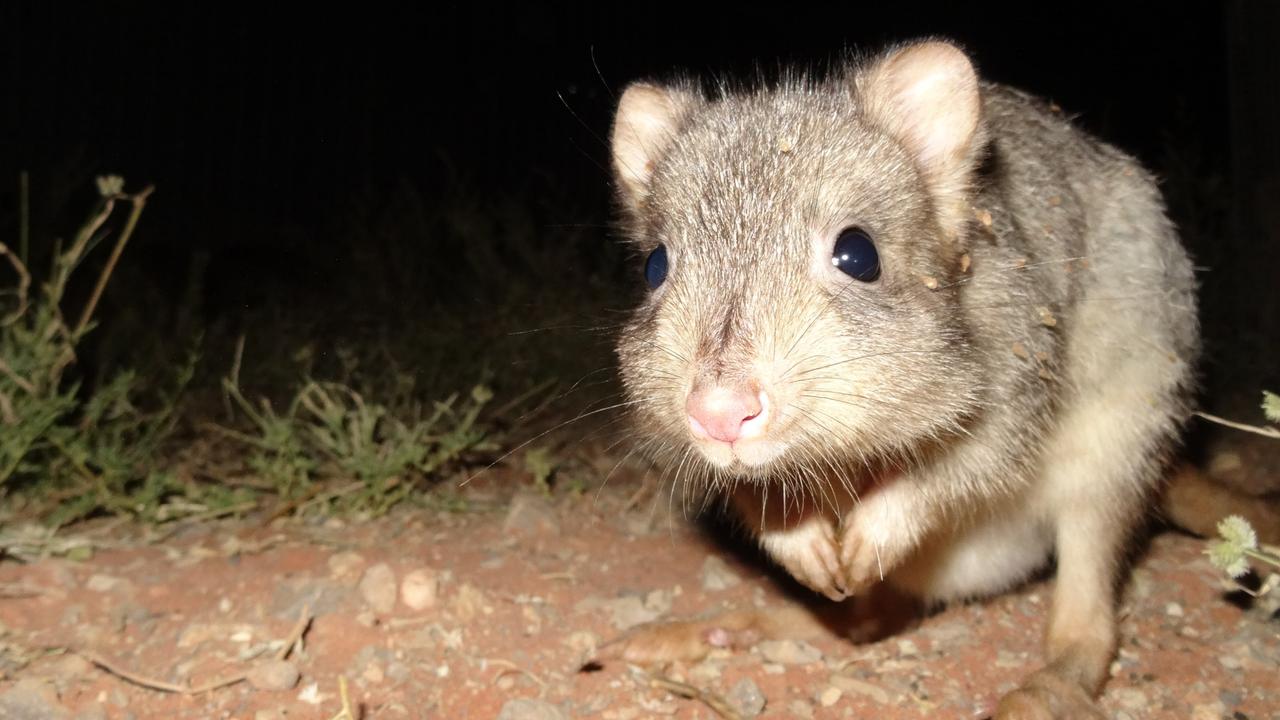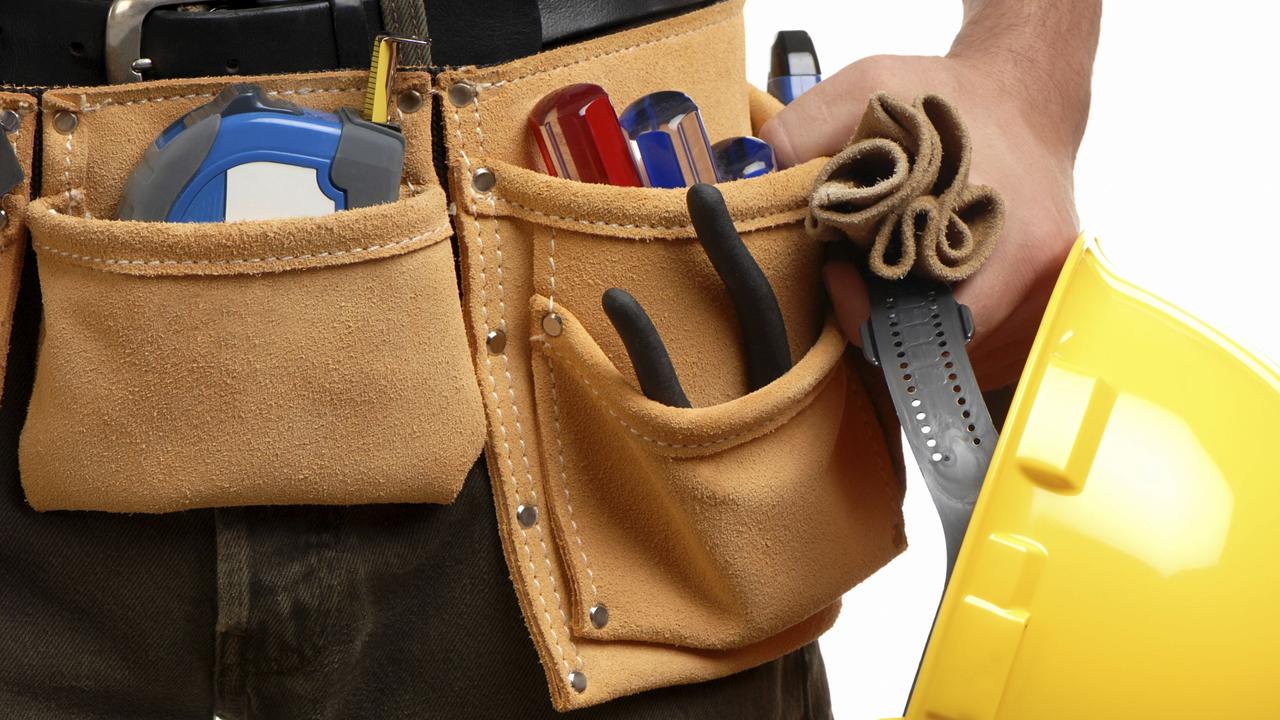Hajek’s sculpture between Festival Centre and Parliament will soon be a pile of rubble unless they can be relocated
ONE of the CBD’s most well-known artistic landmarks — installed nearly four decades — will be reduced to rubble to make way for development unless they can be relocated.
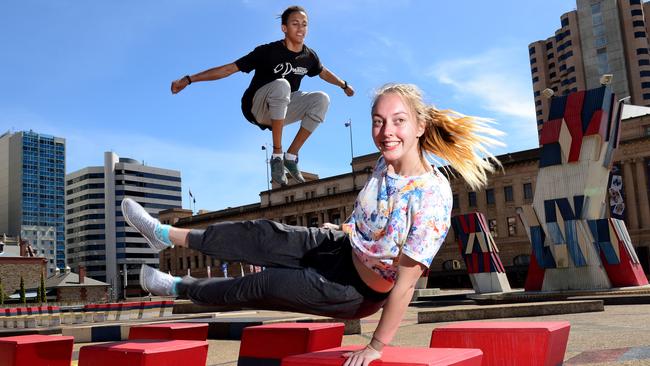
SA News
Don't miss out on the headlines from SA News. Followed categories will be added to My News.
DON Dunstan described it as “one of the most exciting outdoor art projects in the world’’ when completed in 1977 but Otto Hajek’s sculpture will soon be no more than a pile of rubble.
Most South Australians probably won’t miss Czech-born sculptor’s sprawling creation which no more than a year after opening was labelled “boring and a failure” by the Civic Trust.
But the “garden” of sloping concrete pillars, located between the Festival Centre and Parliament House, managed to find a place in the hearts of a group of thrill seekers.
The Sunday Mail discovered Adelaide City Council has granted the State Government approval to destroy or remove the artworks on the plaza — work which will cost taxpayers $460,000.
SA Parkour Association president Travis Ranson said the plaza was the birthplace of Adelaide parkour and had become renowned as one of the best training grounds in Australia.
“Hundreds of people have learned around the Festival Centre. It will be really hard to have anywhere that parallels it,” he said.
“Since we heard about the redevelopment about four years ago we had been thinking about where the sculptures could be moved and trying to talk to anyone (in Government and the council) about putting in the park lands or somewhere else we could still use them.
“It’s been integral to our community and we want a part of it, even if it’s just so we can have a shrine.”
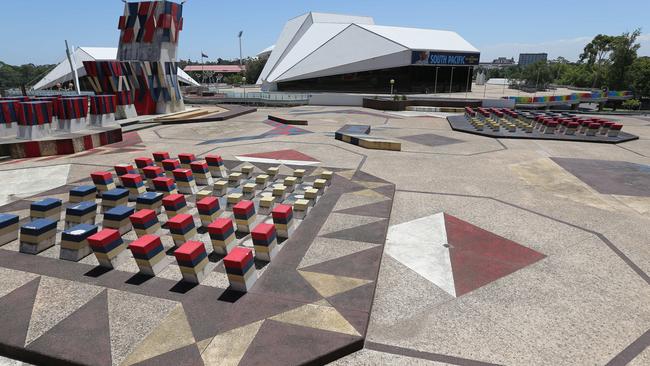
Parkour was developed from military obstacle course training and is where people run, climb, jump to overcome obstacles usually in urban environments.
In a Facebook post on Friday the Association told the community “we’ve finally received the (very sad but long awaited) news about the date that the Adelaide Festival Centre site will be demolished — right after the Adelaide Festival/Fringe in a few months”.
“This likely makes January your last chance to train at the iconic spot and birthplace of Adelaide Parkour. Stay tuned for the farewell events running end of January, and our efforts to have our part to play in the send-off.”
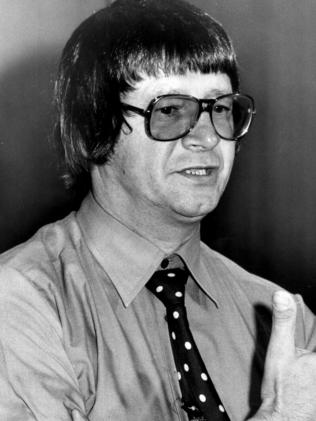
In March last year, Premier Jay Weatherill unveiled $610 million plan for the area which included an overhauled public plaza, upgrades to the Festival Centre, a 24-storey office tower and 1560-space underground carpark.
Rebuilding the current Festival Centre carpark, which has been falling apart from “concrete cancer”, was the catalyst for the plaza redevelopment as it’s essentially the roof of the carpark.
As well as the Hajek sculpture, the plaza is also home to many other artworks including the Burt Flugelman’s stainless steel Tetrahedra and the Kaurna Reconciliation Sculpture.
Arts SA director Jennifer Layther said where possible the Government would recondition and relocate the works in the new plaza or surrounding area.
She said that work which would not be reused but were in a “physically robust condition” would be returned to the artist where it was safe to do so.
“Otto Hajek’s work will be deaccessioned. This work, which is comprised of the 3D elements and the plaza itself, will be destroyed in the process of redeveloping the carpark,” she said.
“Not-withstanding the fact that the fabric of the components is failing, it would be a breach of the artist’s rights to deal with isolated components of this multi-elemental environmental work independently.”
“The measures to recognise the Hajek sculptural work in the longer term are being worked through as part of the design phase. Other measures to recognise the work will include a 3D digital model of the work and a collated archive of all relevant material relating to the commissioning of the environmental sculpture.”
Ms Layther said part of the Kaurna Reconciliation Sculpture would be destroyed in the redevelopment so the Government was working with the original artists and Kaurna community to identify a new location for the work which would be recreated using as much of the original as possible.
National Trust of SA president Professor Norman Etherington said while Mr Dunstan “loved the Hajek sculptures”, the wider South Australian public “never really took to them”.
“Like the rest of the Festival Plaza they were allowed to decay by a succession of negligent and thoughtless governments, despite a State Heritage listing,” he said.
“The lesson the National Trust would draw from their demise is that no one can say with certainty what shiny new things will win the respect of future generations.
“The real tragedy of the current plaza redevelopment is not the loss of this collection of sculptures but the permanent loss of public land for new buildings built for private profit.”


